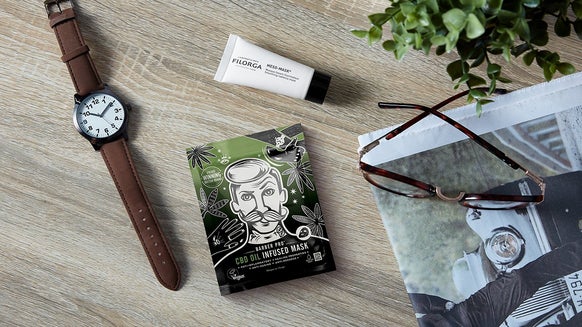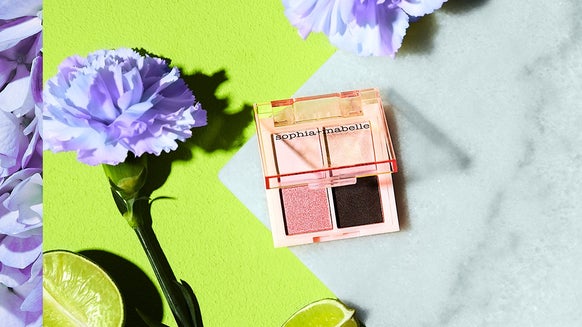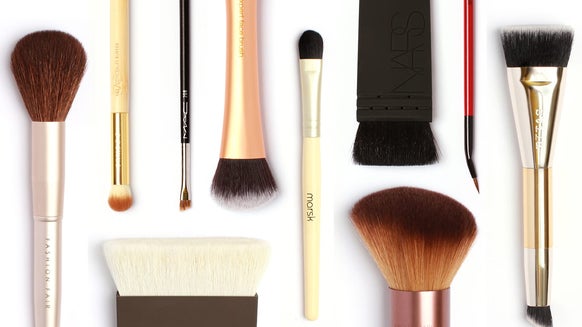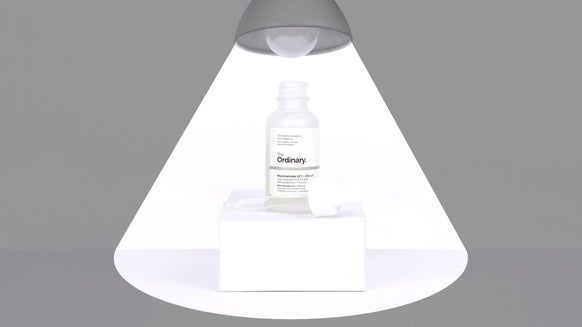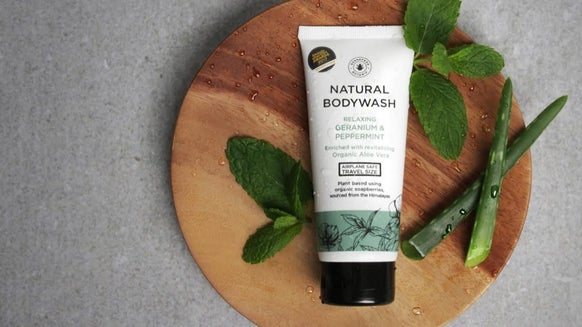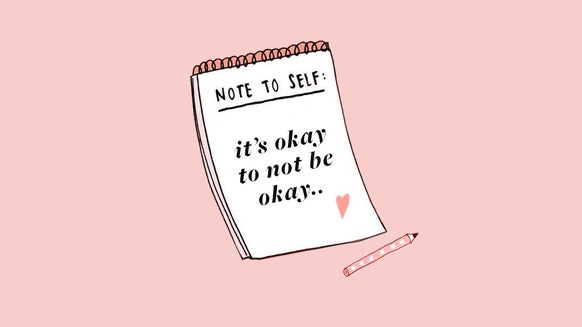Looking After Yourself In The Sun: All You Need To Know…
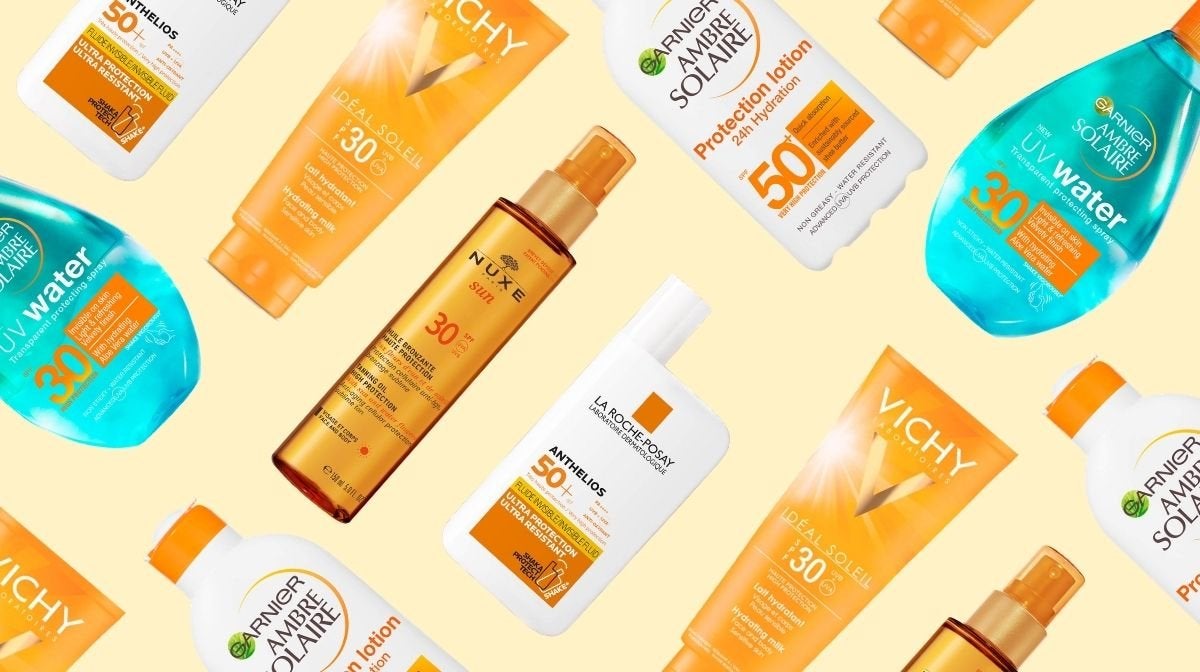
The matter of sun care can be a little overwhelming. Shelves and shelves of bottles claiming all sorts of sun protection with additional benefits - from boosting your tanning ability to toning your skin. It can make even the most diligent sun lover's head spin!
But when we take it back to basics, what do we really need in our UV-defending lineup? While sun protection may be partly about getting a nice, even tan there’s also the matter of staying safe and preventing sun-related skin damage.
So, here's our guide to staying protected in the sun, while still being able to adorn a sun-kissed glow...
How Much Sun Cream Should I Apply?
The amount you need to apply is different for everyone (we're all different shapes and sizes and have different skin needs after all), but the general rule is that two milligrams for every square centimetre of exposed skin is an ideal amount... or a shot glass amount for your entire body! Britain’s National Institute for Health and Clinical Excellence claims that most people apply 25-75% of the needed amount, leaving them exposed and less protected than they think. So, next time you go to apply, make sure you have a shot glass to hand!
How Often Should I Re-Apply Suncream?
There are two things to think about here: how long you need to leave between application and sun exposure and reapplication. To address the former, you want all those sun protection ingredients to be fully absorbed and ‘in position’ when you go out in the sun. With this in mind, it's best to apply your sun cream a good 20-30 minutes before going outdoors. As for reapplication… There are some lotions out there that boast a once-a-day application, but for everything else the advice is to top up every two hours and also after swimming, towelling yourself off or sweating.
How Should I Apply Suncream?
The easiest way to apply sun cream? Totally naked. The bits that burn are often missed due to us applying protection with a bikini or swim suit on. Stripping off and going for full body coverage - as you would with fake tan - means you're more likely to avoid burning any sensitive parts. 'Dry fabric is an SPF 10, while wet its a mere SPF 3', explains Clare O’Connor, Boots sun care expert, so full coverage is wise even if you have a cover up on!
Does Sun Cream Have An Expiry Date?
SPF isn’t the cheapest beauty buy, but when it’s expired it’s ability to protect you has evaporated - so bin it. Can’t find an expiration date on your sun cream? You may want to write the date you bought it on the bottle and then, if you've had a bottle for more than three years (or it's been exposed to high temperatures for prolonged periods), you'll know it's time to get a new. Also, if you notice a change in colour, consistency (separation) or smell then you may want to refresh your supplies.
What Is The Difference Between UVA and UVB Rays?
This is a key thing to look out for when shopping for sun protection, as many simply protect your skin against UVB rays and do nothing when it comes to UVA. The difference? UVA rays damage your skin and lead to ageing, while UVB are the rays that make you burn.
UVA rays can penetrate glass too. So if you have a office with a great view or you drive a lot, then a photo-stable SPF as part of your daily regime is a wise move. It's not just necessary for when you're outdoors! While yes, sun protection is highly important in the summer months or when on holiday, it should also be part of your daily routine, 365 days a year!
Our Favourite Sun Creams Right Now

I'm someone who loves getting glammed up, but I feel like I never have enough time. Frequently running between work, the gym and seeing friends means my makeup routine is quick and often touched up on the go. Therefore, beauty products that serve as multi-purpose are perfect for me - a blush that works for cheeks and lips is a must in my makeup bag!

